Nature reports
Publisher: Dutch Caribbean Nature Alliance (DCNA)
Page 3 of 19 - 188 Results
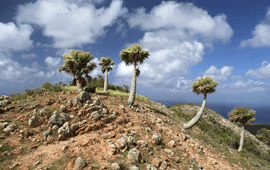
Recent genetic studies on the Dutch Caribbean native palm species, specifically Sabal antillensis in Curaçao and Sabal lougheediana in Bonaire, have provided crucial insights that confirm these two species are endemic for their..
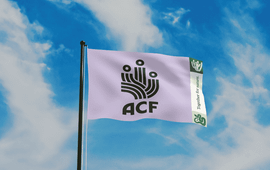
On Arpil 22nd, the independent nature conservation organization formerly known as Fundacion Parke Nacional Aruba (FPNA) used the occasion of global Earth Day to reveal its transformation to the Aruba Conservation Foundation..
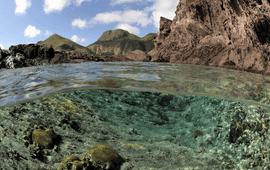
The Saba Bank National Park was recently the focus of an innovative habitat mapping study. Mapping habitat types is key for environmental management, conservation and research efforts, as well as understanding long-term changes...
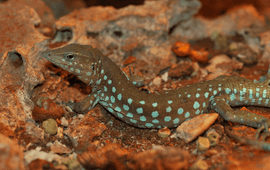
Aruba, Bonaire, and Curaçao are home to unique ecosystems that include several species of lizards not found anywhere else in the world. Among these are three endemic species: the Aruba Whiptail, the Bonaire Whiptail, and the..
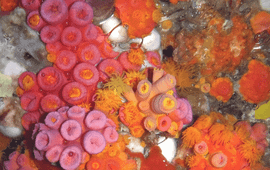
Coral ecosystems are susceptible to invasive species, that can wreak havoc on the balanced communities. Such species can be transported unintentionally by marine structures, as is demonstrated by research on a platform which was..
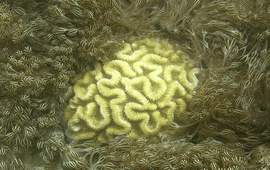
Recent reports highlight the concerning spread of the invasive soft coral Unomia stolonifera, currently devastating Venezuela’s marine ecosystems and detected in Cuba. With the potential threat of its expansion to the (Dutch)..
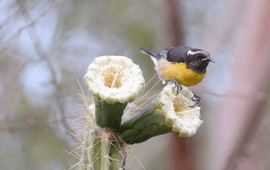
In the Dutch Caribbean, all six islands have started the spring data collection of their five-year bird monitoring project. The goal is to monitor and assess local breeding land bird populations. Last year’s first edition gave..
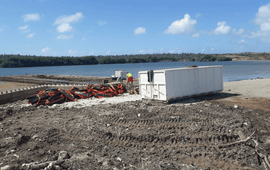
An offshore oil spill originating off the coast of Tobago has made its unwelcome arrival on the shores of the Dutch Caribbean. Despite oil reaching Bonaire’s and Curaçao’s coast, the islands seem, fortunately, to have escaped a..
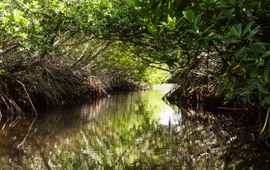
A collaborative effort between Maynooth University, University of Portsmouth and Wageningen University & Research explored the use of satellite technology to offer a cost-effective solution for accurate mangrove mapping within..
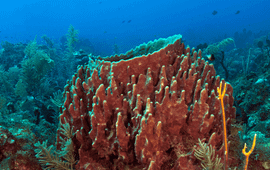
Sint Eustatius’ once-thriving coral reefs are now mere survivors, facing a decline from 25 percent hard coral cover in 1999 to less than 2.5 percent in 2021. This alarming trend has prompted an urgent initiative: a seven-year..
